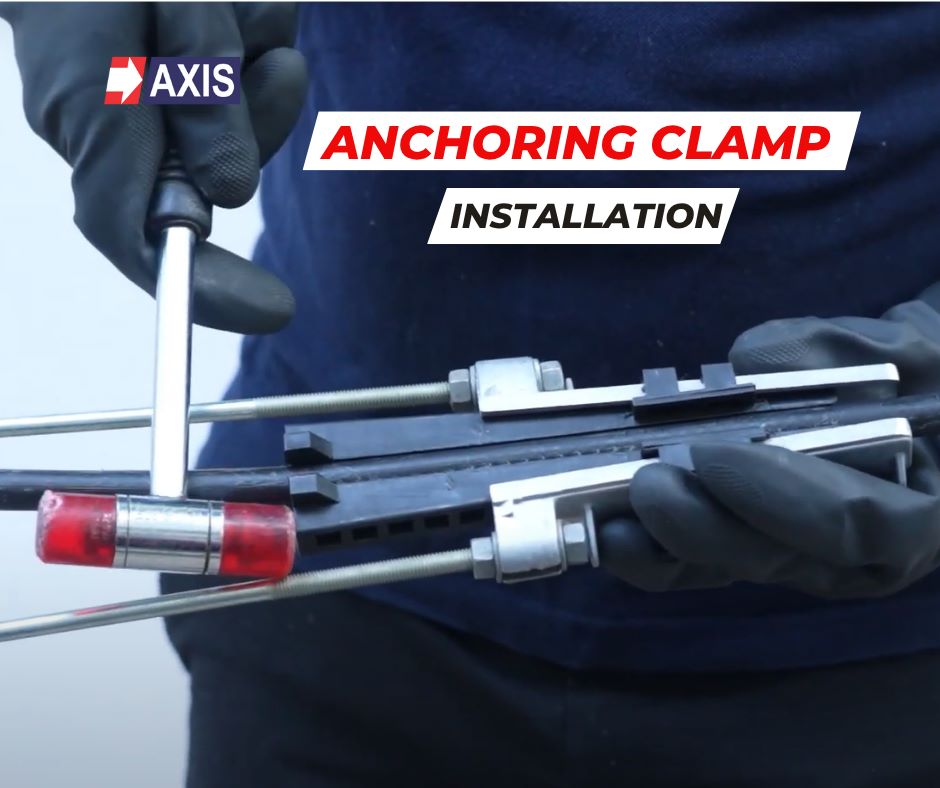Talk to our engineers!
Step 6: Preparing the Inner Core


Remove the excess PVC fillers between point zero and 1 dash. ensure the fillers don’t remain inside the cable. Carefully unwrap the force spring coil and secure the copper screen with vinyl adhesive tape to prevent it from separating from the cable core.
Step 7: Exposing the Armour for Earthing

Reposition the metal force spring coil at point 2. Now, cut the outermost insulative layer of this section to expose the armour for earthing.
Step 8: Screen Earthing Process


Connect the braided earth cable to the cable’s screen. For three-core cables, use a triangular spacer. Wrap the earth cable around the cores one time, securing it with a force spring coil and vinyl adhesive tape.
Step 9: Armour Earthing

Attach another earthing cable to the exposed armour between point 1 and 2. Secure it with a force spring coil and vinyl adhesive tape.
Step 10: Mastic Wrapping Over Earthing Terminal

Wrap filling mastic tape from the exposed armour to the cable screen followed by sealing mastic tape to ensure no moisture or dust ingress. Also, apply grease over the wrapped section.
Step 11: Breakout Fitting

Slide the breakout over the mastic-wrapped section and fit it securely. Heat-shrink it using a flame gun, ensuring even heat distribution. Avoid direct flame contact to prevent the polymer from burning or charring.
Step 12: Preparing for Stress Control Tubing Installation


Measure and mark a 30 to 60 mm gap between the breakout tip and the copper screen. Use Vinyl tape to mark the position. Now strip the copper screen up to the marked point, exposing the black semi-conducting layer.
Step 13: Scraping the Semi-Conducting Layer



Mark 20 to 40 mm above the Vinyl adhesive tape as per the manufacturer’s specifications. Carefully remove the semi-conducting layer using a scraping tool so that the underlying layer remains undamaged. As per the lug supplied by the manufacturer, cut the tip of the XLPE insulation to expose the bare Aluminium or copper conductor which will go inside the lug for termination.
Step 14: Preparing the Surface for Final Tubing Installation

Smooth out the insulative layer using manufacturer-provided sandpaper. Then clean the surface with a cotton cloth and cleaning solvent to remove excess dust and debris.
Step 15: Installing the Stress Control Tube

Apply yellow (stress relief) mastic to the joints: first between the screen and the semiconducting layer, then between the insulation and semiconducting layer.
Apply grease to the insulative part and slide the stress control tube into position. Heat-shrink the tube evenly and wrap yellow mastic tape over both ends of the shrunk stress control tube.
Step 16: Installing the Anti-Tracking Tube

Insert the anti-tracking tube to cover the cable length from the breakout to the exposed conductor. Now heat-shrink the tube using the appropriate precautions.
Step 17: Inserting the Rain Shed

Slide the bottom and top rain sheds in the core. Please note that rain sheds are not used for 11 kV indoor termination kits.
Step 18: Connecting Lugs

Insert the exposed bare conductor to the lug barrel. Use a ratchet to tighten the shear head lugs until the head breaks or use a crimping tool to apply the manufacturer-specified torque for crimping lugs.
Step 19: Sealing the Lug Connection


Wrap filling mastic followed by sealing mastic tape around the bottom of the lug and the anti-tracking tube to prevent moisture ingress. Slide the lug sealing tube halfway over both the lug and anti-tracking tube and heat-shrink it evenly.
Step 20: Final Rain Shed Positioning and Shrinking

Ensure the rain sheds are properly positioned before heat-shrinking them. Apply heat evenly to avoid burning.
Step 21: Applying Phase Colour Rings

Place the phase colour rings according to the original phase colour sequence and heat them to secure them in place.
This concludes the termination kit installation process. At Axis, we have a team of over 50 engineers available to assist with designing, installing, and testing heat-shrink materials.
Our components are trusted and installed in a variety of settings worldwide, including data centers, factories, and residential and commercial buildings, ensuring the highest quality in every termination kit installation.




